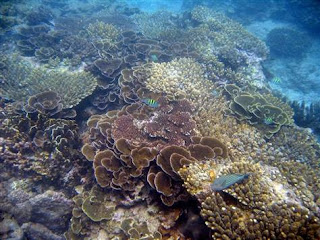+ Need for this nuclear energy becomes the most reliable one after the declination of the fossil fuels.
+ Also this causes less emission of CO2 & other green house gases & produces more energy than the conventional fossil fuel.
+ At the same time the methodology is also available to us, there is no need for developing methods now.
+ The raw materials are also available in abundant.
+ Even a single plant produce huge amount of energy.
- As there are two sides for everything on this earth. It also has few drawbacks.
- All we have to do is to take care while handling these nuclear substances, by doing this we can save our earth & natural resources from getting extinguished.
+ Also H. LaRouche Jr. gave an excellent explanation in the video above "why we need nuclear energy?"














